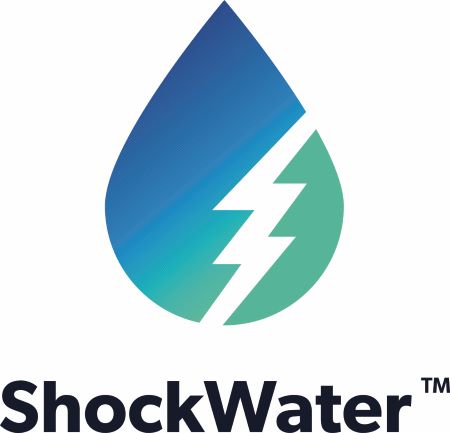Operators face growing concerns over water sourcing, disposal costs, and regulatory pressure. At the same time, new opportunities are arising, such as capturing lithium carbonate, industrial salts, and other critical minerals from produced water, reintroducing treated brine into operations, and selling recovered byproducts into secondary markets. The future of shale water management will be shaped by how effectively operators align environmental objectives with profitability through advanced water stewardship.
How the Shale Industry is Closing the Loop
The era of trucking wastewater away for injection as the sole objective is ending. In the coming years, competitiveness in the shale industry will depend on who can most effectively apply circular water strategies. The capability to recover valuable materials such as lithium, barium, and strontium from brines, or to convert waste sludge into industrial byproducts, is redefining operational boundaries.
Water in this sector is more than just a fluid; it is a carrier of opportunity. Advanced treatment systems, membrane filtration technologies, and smart sensor platforms enable real-time tracking and optimization of water quality and flow. As operators strengthen their commitment to water reuse, data transparency has become essential. However, many sites still operate with limited visibility into real-time water losses, leakages, and treatment efficiency. Digital water intelligence platforms are starting to reveal these blind spots and uncover hidden costs.
Meanwhile, the demand for integrated water management systems is opening opportunities for new service models such as full-cycle water-as-a-service offerings, performance-based contracts, and mobile recovery units. Each is structured to align the technical capability with financial results. In this evolving landscape, every barrel of water represents not just a logistical challenge but a circular asset.
The industry is witnessing the integration of water treatment infrastructure, digital analytics, and chemical recovery. For upstream producers, the challenge is twofold: maintain operational efficiency while adapting to growing investor scrutiny and tighter regulations on freshwater use and produced water disposal.
In parallel, technological innovations are creating new forms of value from what was once considered waste. Modular water treatment units are now deployed closer to the well pad, and treated produced water is recirculated into fracturing operations. Lithium extraction from brine is gaining commercial traction, positioning shale operators at the center of critical mineral supply chains.
Moreover, partnerships between shale producers, technology innovators, and midstream service providers are accelerating new models for water ownership, logistics, and monetization. This transformation is not only environmental but also strategic. The move toward circularity positions shale operators to meet both sustainability expectations and financial goals without compromising production targets.
In the shale industry, the best water is not the cheapest; it is the most efficiently used, recovered, and redeployed. Closed-loop water management is emerging as a pillar of operational resilience and investor confidence.
The shale sector still faces barriers to achieving a fully circular water economy, including fragmented infrastructure, inconsistent regulations, and challenges in scaling technology. However, momentum is building. Pilot projects are demonstrating commercial viability, financiers are asking tougher questions about ESG alignment, and operators are beginning to view their water strategies as competitive advantages rather than compliance requirements.
The technological breakthroughs, case studies, and partnerships driving this shift will be showcased at Shale Water Show 2026. Global stakeholders from across the shale water value chain will gather to explore how circular water systems are transforming operational economics, compliance strategies, and long-term business models in shale oil and gas.













